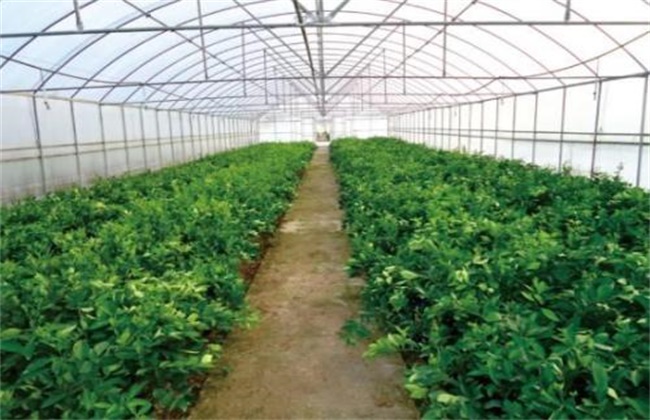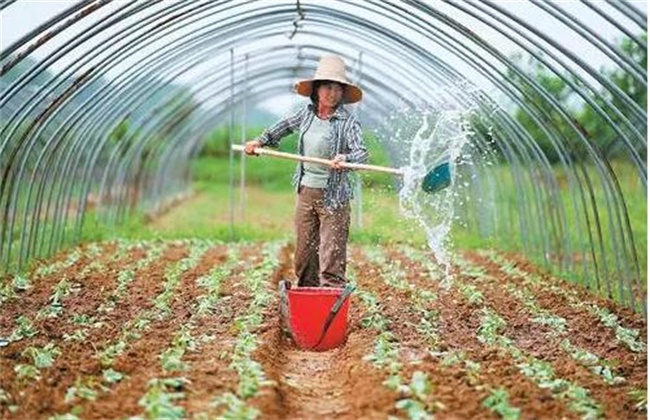Symptoms and Control measures of Edible Fungi Penicillium
In the process of cultivating edible fungi, Penicillium is a common polluting miscellaneous fungus, which may be infected at every remission of edible fungus production, also known as blue-green mold. It will cause pathological changes in the fruiting body of edible fungi and seriously affect the yield and quality of edible fungi. So how to prevent it? Come and have a look with the editor.

1. Occurrence of symptoms
The occurrence of Penicillium in the culture material is that its hyphae are white at the initial stage, the colony is nearly round to amorphous, and its appearance is slightly powdery, but with the mass reproduction of spores, its colony color will change from white to blue or green, which is the origin of its name. The edge of the colony is white and expands slowly, while the surface of the old colony will be intertwined to form a film, which will not only cover the culture material directly, but also secrete toxins and cause the mycelium death of edible fungi. In the process of edible fungus culture, when it is serious, it will cause the strain to be scrapped, and the fungus may not produce mushrooms in the local material surface.
2. The regularity of the disease
Penicillium is a half-known Penicillium fungus. In the process of growth, the colony is blue-green, the bacteria are widely distributed, saprophytic or weakly parasitic. In the process of edible fungus cultivation, the culture material is mainly introduced into the culture material through air flow for the first infection, and the raw material with bacteria is also the most important source of infection in the cultivation process. After infection, its conidia are re-infected by air flow, insects, artificial water spraying and management operations. It is most easy to occur in the temperature environment of 28-30 degrees. Conidia will form hyphae in a short time and reproduce more conidia rapidly. Most Penicillium prefer acidic environment, so it is easy to occur in culture materials and covering soil.
3. prevention and control measures
First of all, it is necessary to do a good job in the disinfection and sterilization light of the inoculation room, culture room and production site, keep the environment clean and die, strengthen ventilation and ventilation, so as to prevent the spread of germs. Then it is necessary to adjust the pH of the culture material, adjust it to alkaline, and spray lime water after mushroom picking to stimulate the mycelium growth of edible fungi and inhibit the occurrence of penicillium. When bagged cultivation occurs locally, 15% formaldehyde solution can be injected; when Linden wood is cultivated, it can be washed with lime water; Gao Fu Shuai of Mushroom bed Mountain is sprayed with 1% carbendazim, 0.5% Duofengnong, 0.1% Shibao Gong and 0.1% prohydantoin solution.
The above is the introduction of the symptoms and control measures of edible fungus Penicillium. I hope it can help you. If you want to know more about it, please follow us.
Related
- Where is it suitable to grow horseradish in China? it is expected to see the middle altitude horseradish in Alishan.
- How to prevent tomato virus disease reasonably? (Control methods included)
- Many people like to plant towel gourd on the balcony. What are the main points of this method and management?
- What crops can chili peppers be mixed with?
- Fertilization techniques and matters needing attention in Tomato
- What are the grafting techniques for peach seedlings in spring?
- Harm and control methods of root swelling disease of Chinese cabbage
- What are the pests of sweet potatoes? How to prevent and cure it?
- Symptoms, causes and Control methods of navel Rot in Tomato
- The cause of "Cucumber rotten bibcock" in Farmers' planting Cucumber and its Control Plan



